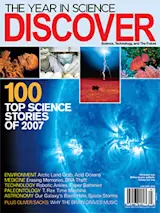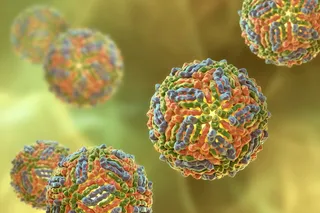The fight against HIV/AIDS is costly, contentious and, for drug companies, a calculated risk. This year, five new antiretroviral drugs in different classifications made strong advances, offering hope to patients with drug-resistant strains of the virus. But there were also setbacks. Merck, for instance, was on the trail of a leading experimental AIDS vaccine when some patients during Phase II trials became infected with HIV, derailing the study.
“The vaccine arena is just incredibly difficult; on the other hand, there have been huge strides with more effective drugs,” says Graham Allaway, a research scientist and founder of Panacos Pharmaceuticals. “By chance, a lot of drug development taking place over the last few years came to fruition around the same time.”
In August, for the first time in more than a decade, the FDA approved a new class of antiretroviral drugs called entry inhibitors. Pfizer’s Selzentry (generic name, maraviroc), which went ...














